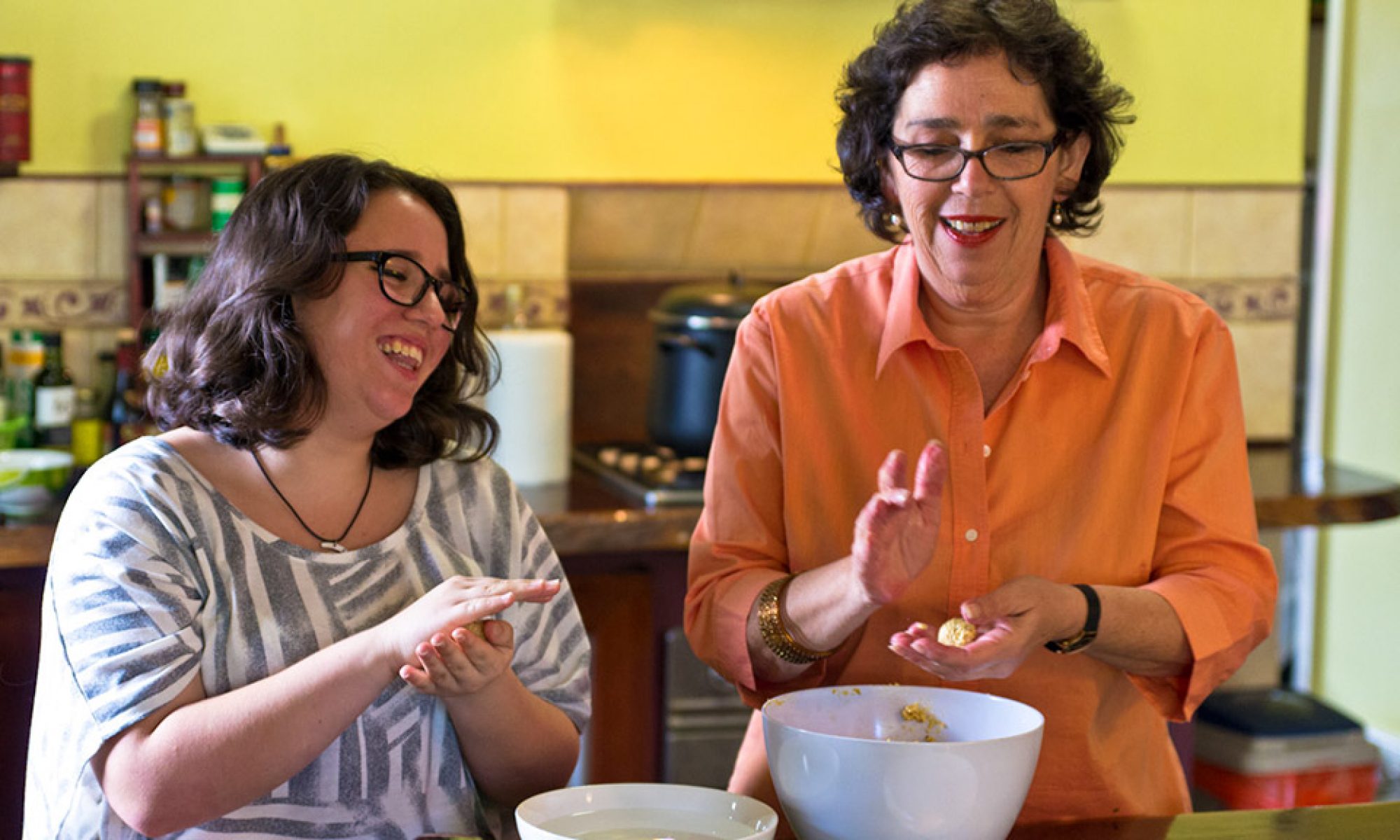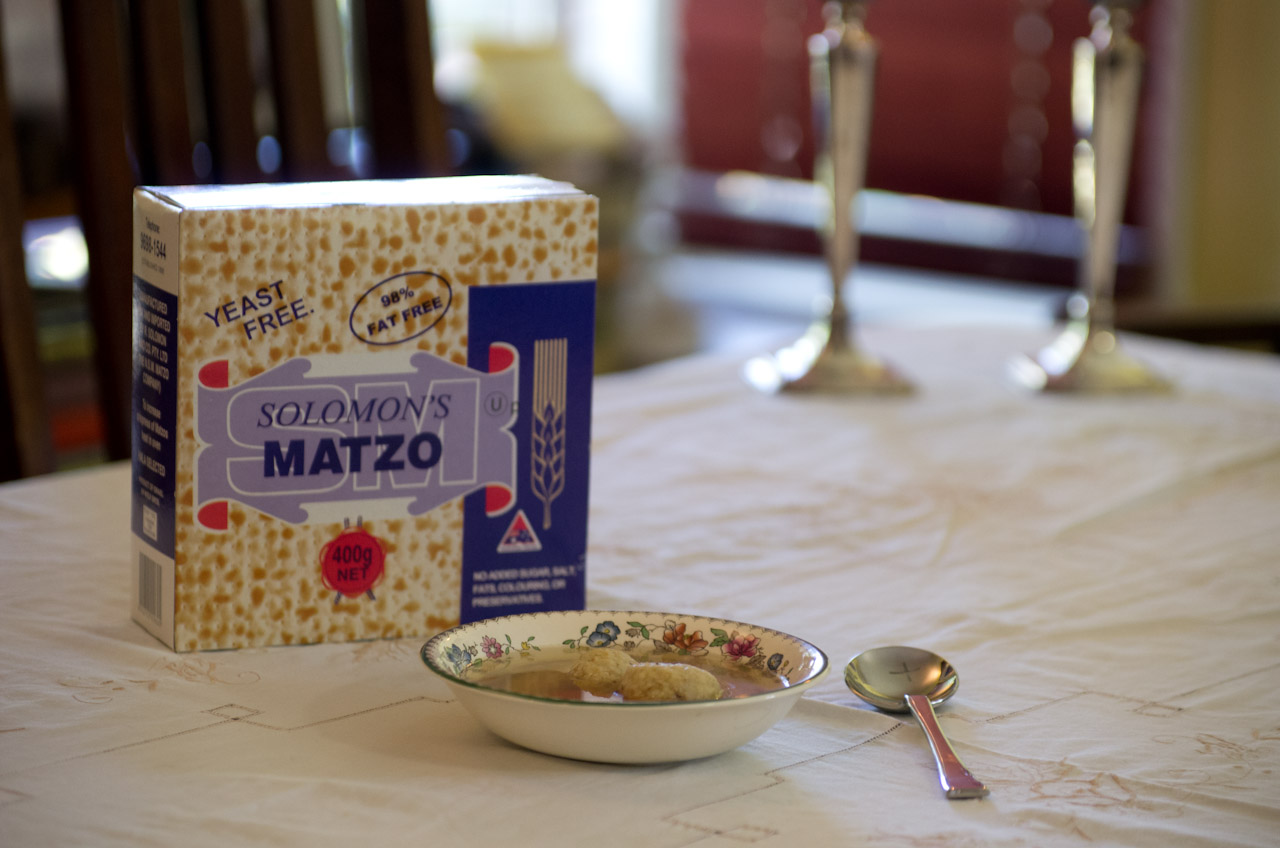So the ex has been hassling smartfoodmama for my chilli sauce recipe. Some might think that this is an issue for his solicitor, but I think it’s an opportunity for a quid pro quo – feijoada recipe Gomez!
Like so many recipes, this one just sort of developed.
I had spent a day in the kitchen with the late Alan Mansfield and wonderful ex-South Africans Aunty Joan and Ivan. We were there to make lime pickle and chilli paste.
I’d never seen anyone drinking port before lunch so as you can imagine it was an unforgettable experience! I still have the lime pickle recipe somewhere but I don’t think I ever wrote down the chilli paste recipe.
My “recipe” resulted from the need to use a half full sandwich bag of the hottest chillies I have eaten (not quite scotch bonnet – bird’s eyes). I bought about 300 gm of milder chillies and set to work.
The sauce I made was then used by the drop. Except for the ex-South Africans Gomez worked with up North. They woofed it down, making me think I might have got Aunty Joan’s recipe right.
While we’re talking chilli, for the longest time I wondered (well occasionally) what Shriracha chilli was and why it was so special. So one day I actually read the label on my chosen commercial sauce. Seems I have been using Shriracha chilli for years! It’s the only one that doesn’t use (that dreadful) bottled garlic.
But I digress.
Smartfoodmama’s Chilli Sauce
Finely dice:
2 large cloves of garlic
Ginger: approx half a thumb size piece (perhaps not Jason Mamoa’s thumb)
Gently sauté in about 2 Tbs EVOO (okay, extra virgin olive oil) for about a minute then add:
1 tsp raw sugar to caramelise (not carmelise as our American TV chefs are won’t to suggest, they also like to marinade things! Of course we know that you put things in a marinade to marinate them. Life is not easy for a food AND grammar Nazi).
Then add the chopped chillis (4/500 gms) and sauté till softish.
To seed or not to seed? The seeds have much of the heat and when the paste is blended it thickens it.
Add a cup of water, cover and simmer for about half an hour.
Remove lid, keep cooking another half hour or so, adding water if it starts drying out.
Blend and put in a container of your choice, keep the surface covered with oil to preserve.
I’m not one for sterilising jars – too much carry on and this will keep for ages in the fridge as long as you keep the surface under oil.
This can be made with any chilli you like, but will be unpredictable. If you made it with birds’ eyes do warn guests, though I have had a guest douse his entire plate with it, despite the warning. We really enjoyed watching him try to eat it. Feats of strength should not include chilli!


